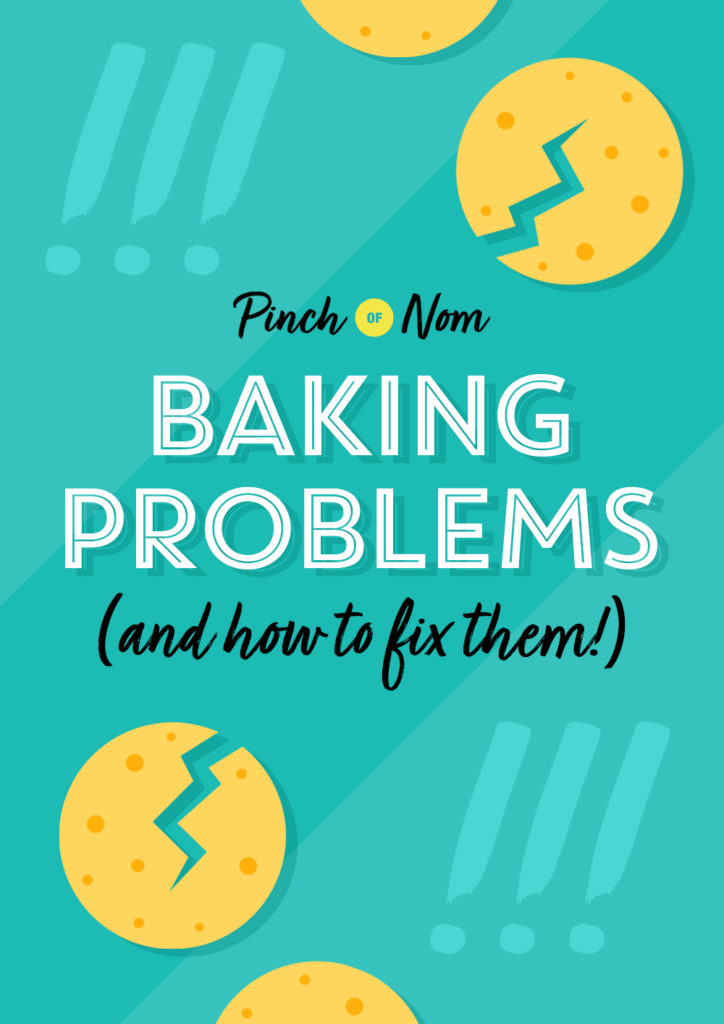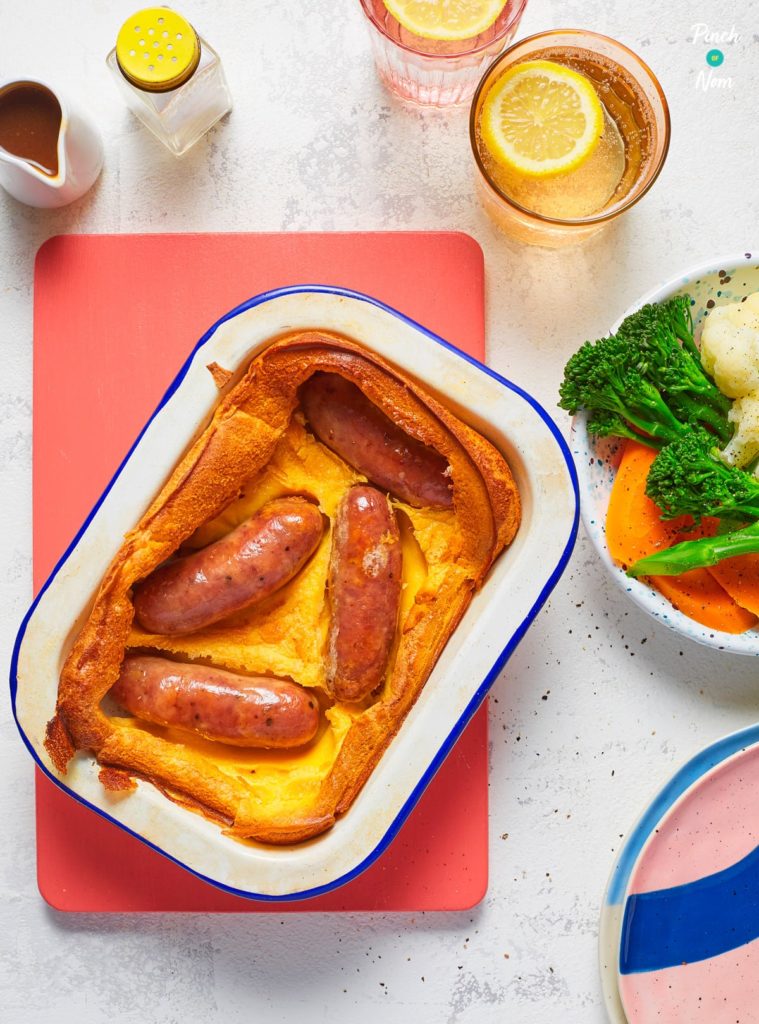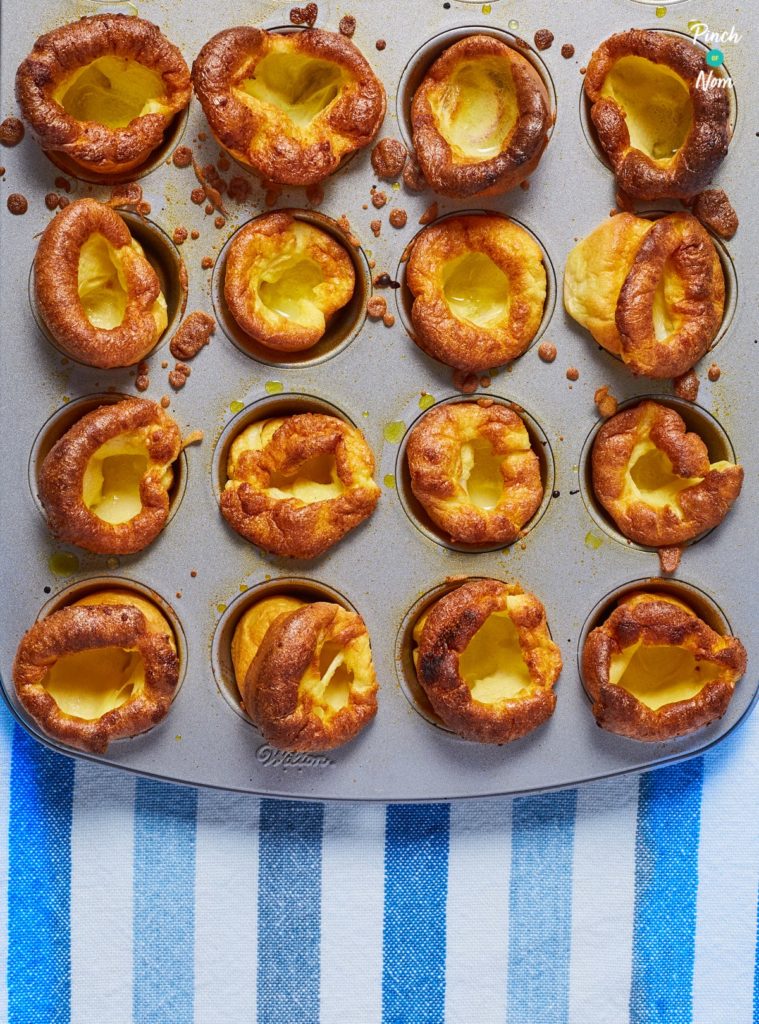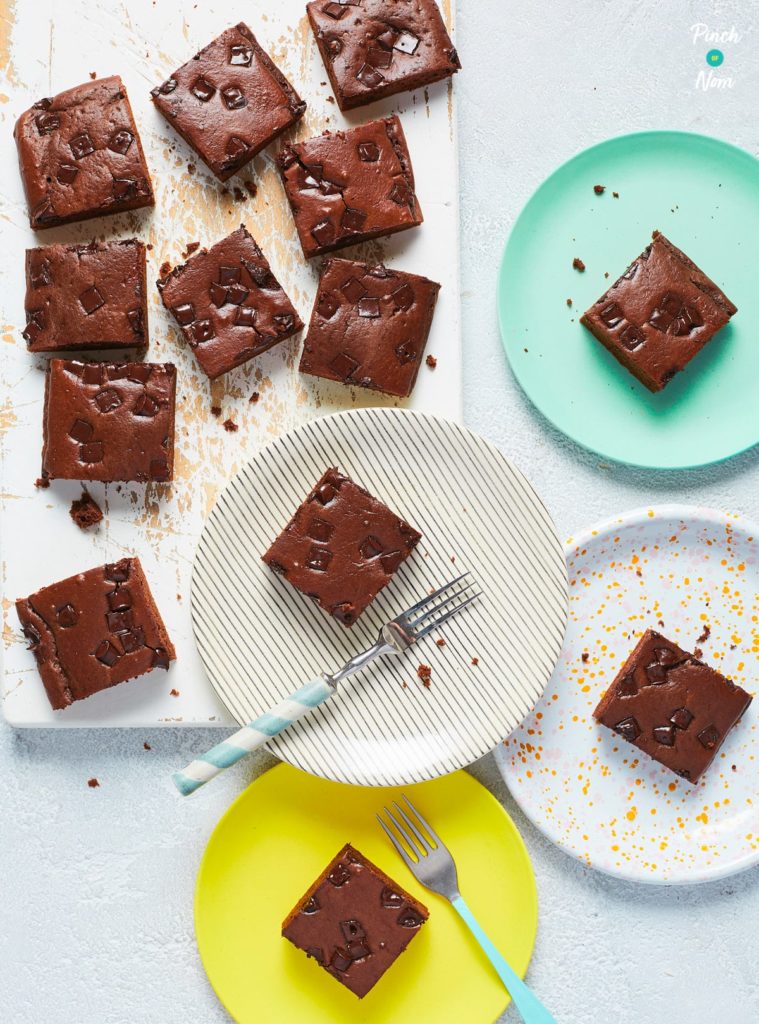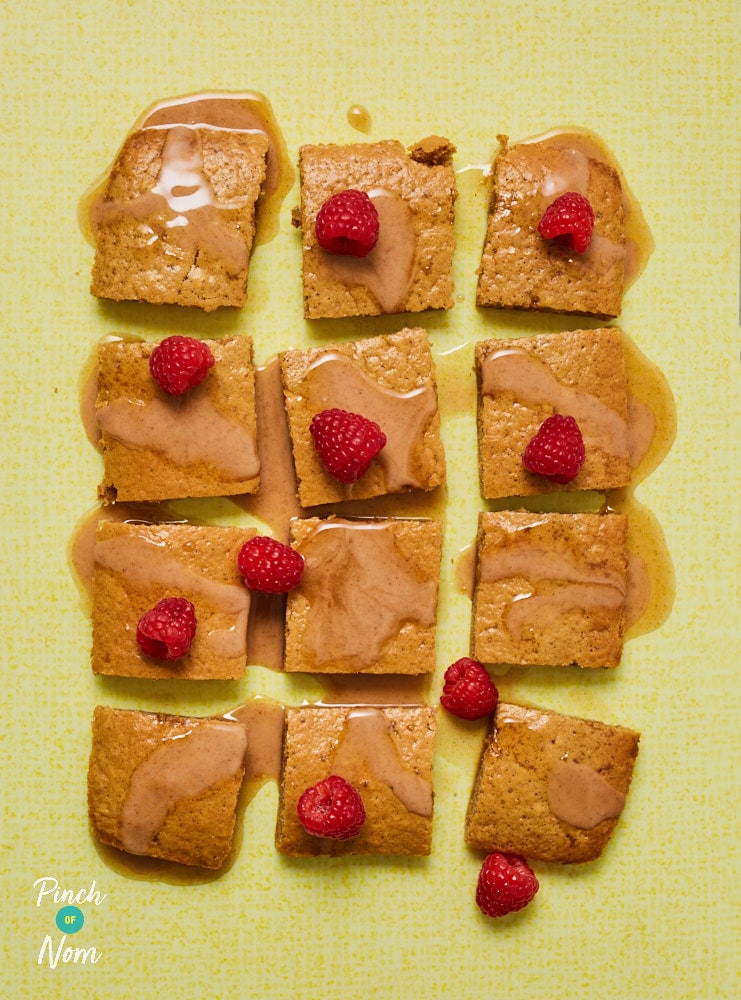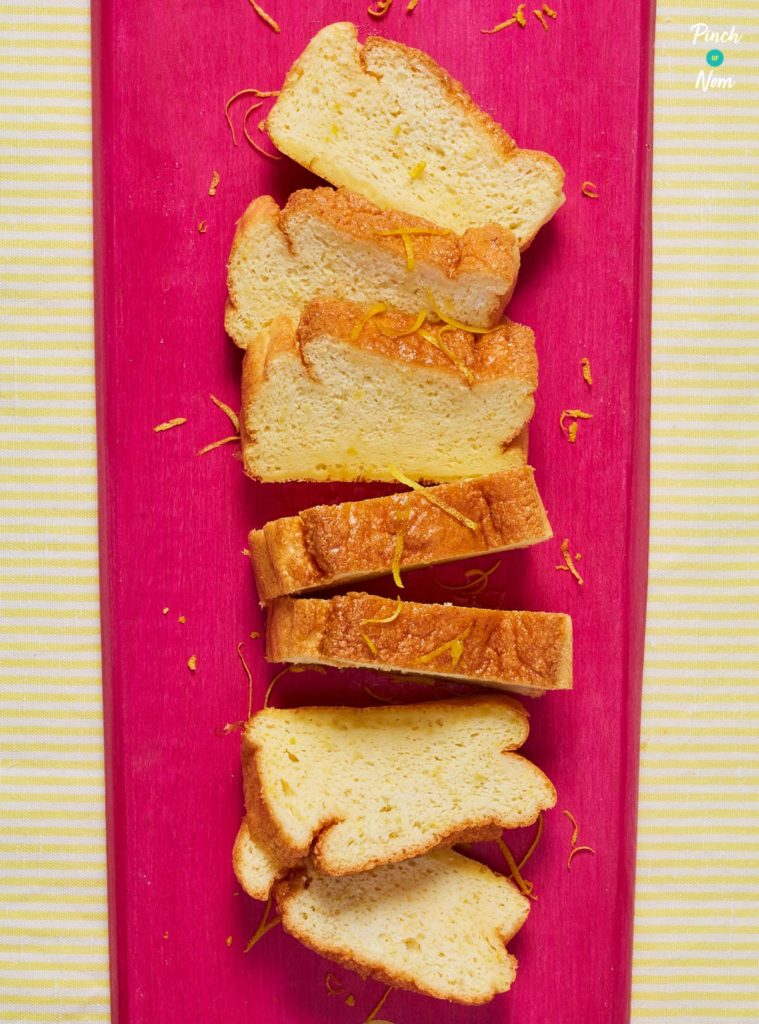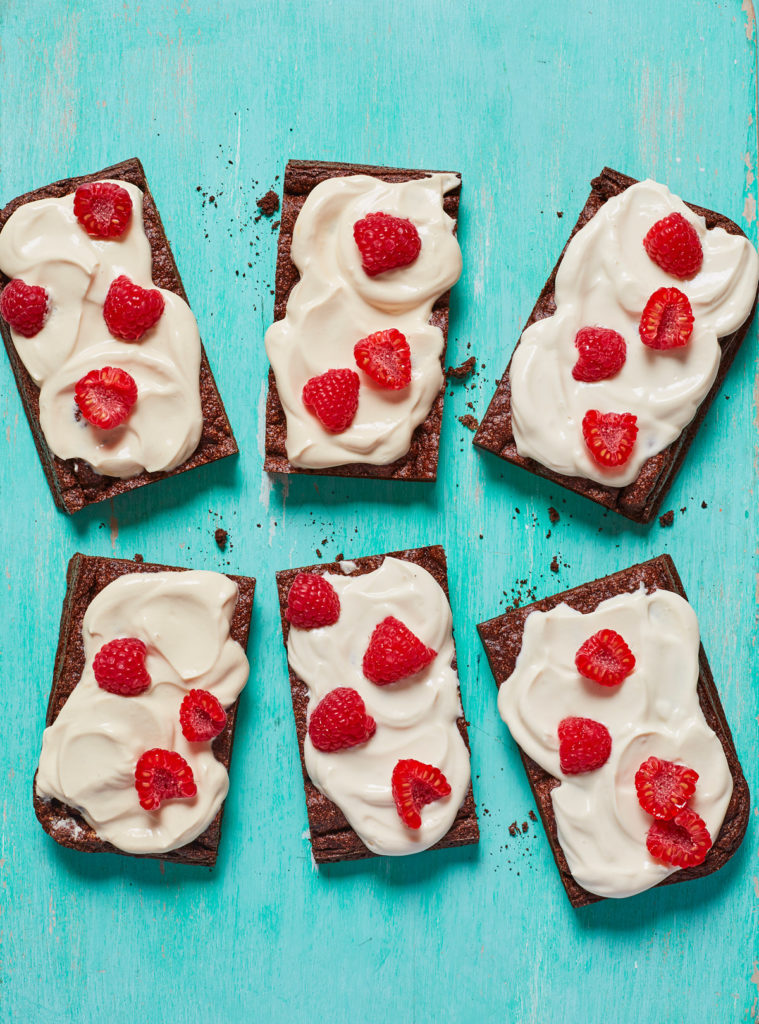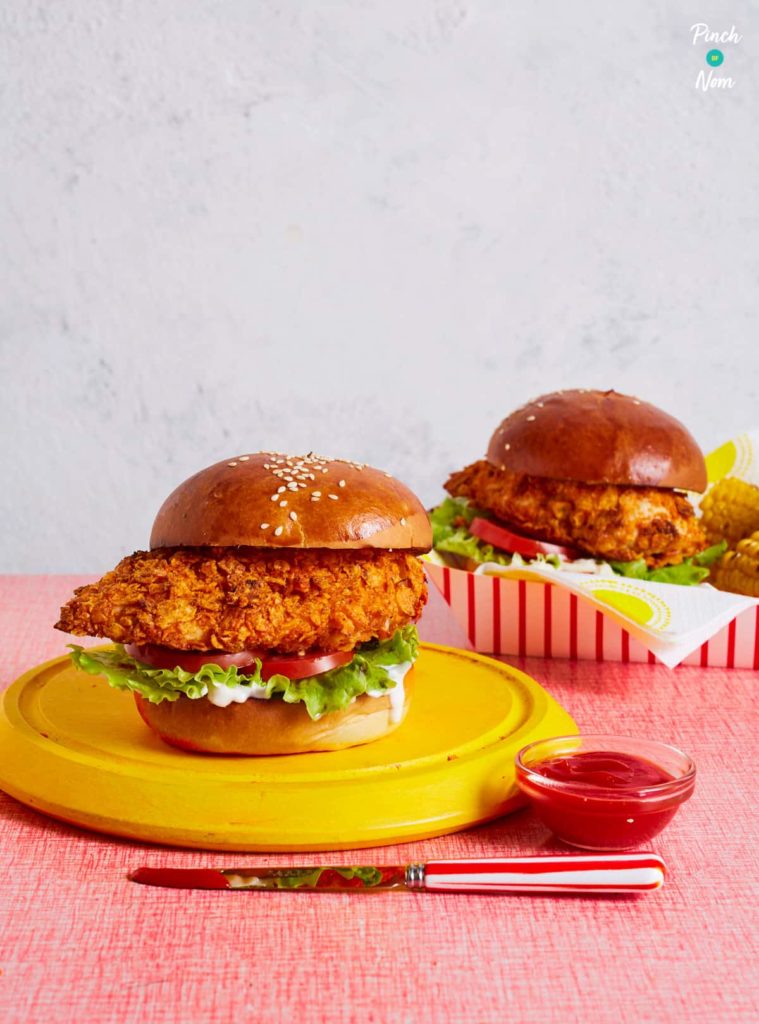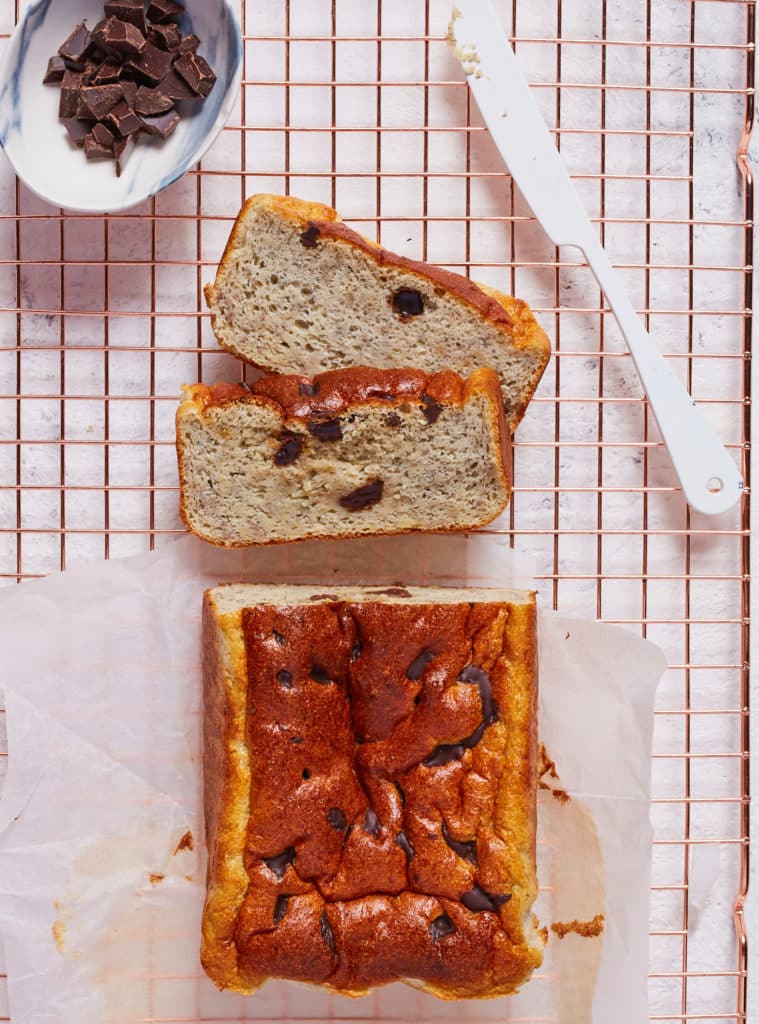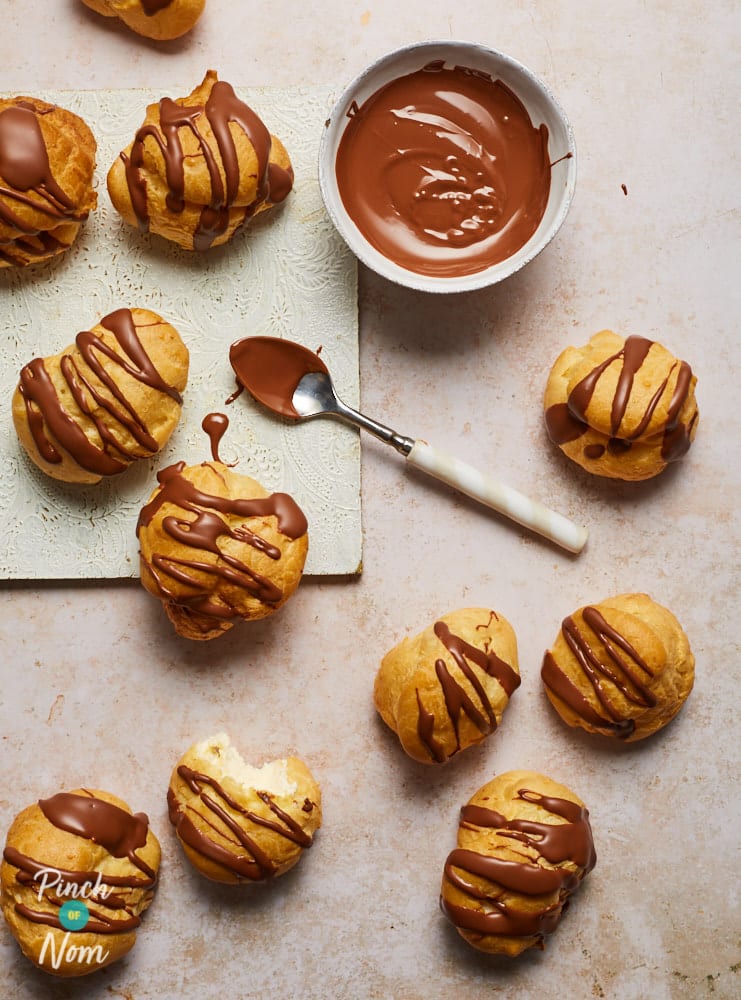Baking Problems (and How to Fix Them)!
From sweet treats to family favourites, there are lots of yummy Pinch of Nom recipes that require you to dust off your apron and show off your baking skills.
But baking is notoriously tricky, which means that even easy peasy recipes can take a little trial and error to get perfect!
We know that sometimes things can go wrong – whether you’re baking a cake, a pudding or pastry.
Unlike other methods of cooking where it might be okay to stray from the recipe here and there, when you’re baking you need to be pretty precise.
Small changes to the quantities of ingredients or the oven temperature can result in a baking disaster!
From soggy bottoms to burnt tops, there are a whole host of baking problems you can encounter – and they happen to all of us!
Whether you’re a star baker or completely new to the kitchen, we’ve all experienced a baking fail from time to time.
Once you get the hang of it, baking can be so rewarding – those tasty treats are worth the effort!
So, let’s run through a few of the most common baking problems and how to solve them.
Please note, this post contains affiliate links. Find out what this means.
Why hasn’t it risen?
When you’re baking cakes or savoury snacks like Yorkshire puddings, you want your food to be airy, light and fluffy on the inside.
When a cake or pudding doesn’t rise in the oven, you’ll often find that the result will be dense, rubbery and all-around unappetising!
It’s really important to get air into your mixture – and keep it there during the baking process.
The method will vary from recipe to recipe but pay close attention to the instructions to make sure you don’t under or overmix your ingredients.
This is really important when making our Toad In The Hole.
To keep the Yorkshire Pudding light, you need to whisk the batter really well. This gets lots of air into the mixture, helping it to rise when it goes into the oven.
With Toad In The Hole and any Yorkshire Pudding recipe it’s also key to get your baking tray hot enough before you pour in the batter.
Give the tray a good spray of low calorie spray and let it heat up in the oven for at least 5 minutes.
This will make sure you get perfectly light yet crunchy Yorkies like these irresistible Mini Yorkshire Puddings that are so good with your roast dinners.
Why is it rubbery?
Because baking can be so tricky, sometimes you can mix your mixture TOO much! When this happens you’ll end up knocking the air out of your batter.
When it bakes in the oven it won’t rise enough – instead it will form a dense texture that makes it rubbery. This is where some baking experience or trial and error comes into it!
You need to mix your ingredients together enough so that they are properly combined and airy, but not so much that you lose those tiny bubbles of air.
Again, pay close attention to whatever recipe you’re using. Something like our Chocolate Brownies only need mixing for two or three minutes to ensure the batter is silky smooth.
Overcooking your recipe can also make it rubbery.
With brownies, the key is to very slightly undercook them. Try removing them from the oven once they have formed a crust on the top but are still a little gooey in the middle.
Then leave them to cool in the tin – they’ll keep cooking as they cool so they’ll be perfectly squidgy and indulgent by the time they reach room temperature.
Our Cinnamon Drizzle Squares are another recipe where it’s important not to overbake. They should have a fudgy texture similar to soft gingerbread.
Why does it sink when it comes out of the oven?
Even if you go to great lengths to get air into your mixture, you’ll need to keep it in there if you want perfectly baked cakes.
A golden rule of baking is to not open the door while your cake is in the oven.
This lets out heat and can cause the batter to collapse in on itself. It can be hard to resist opening the oven and sneaking a peek at the magic happening inside, but it’s always best to wait!
If you find that your cake looks perfect during baking but then sinks as soon as you take it out of the oven, you probably didn’t leave it in the oven quite long enough. Cakes bake around the edges first, and the middle of the cake takes longer to cook through.
For a fluffy, light cake like our Lemon Drizzle Cake, there are several things you can do to make sure it doesn’t sink when it comes out of the oven.
Our recipe uses whisked egg whites to make the batter super airy.
You’ll need to make sure you whip these until they form soft peaks and then be really careful when you add them to the rest of the ingredients.
Use a gentle folding movement to bring the batter together so that you don’t knock too much air out.
Then let it bake for 25 minutes but DON’T open the oven door!
This recipe may need up to 30 minutes to bake throughout, depending on your oven, but if you open the door before 25 minutes has passed there’s a risk the cake will deflate.
Once you’re sure it’s cooked in the middle you can remove it from the oven – you should have a well risen cake that’s fluffy and delicious!
Our Chocolate Cake with Salted Caramel Cream recipe uses a similar method to get air into the batter.
Whisking egg whites separately and carefully folding them into the other ingredients helps you bake a light, fluffy sponge.
Why is my baking sticking?
Have you ever baked the perfect cake or pudding but then found it’s stuck to the tin, tray or mould?
From cookies to waffles, baked goods are notorious for getting stuck! Then, when you try to release them, you end up with a crumbled mess!
There are lots of hacks to help make sure you don’t end up with half your cake stuck in the tin.
If greasing with low calorie cooking spray or low fat spread doesn’t work, non-stick baking paper will do the job!
Use this to line cake tins and baking trays so that your baked delights simply lift right off!
Silicone baking moulds are also great at preventing things from sticking.
They come in a range of different shapes and, because they’re bendy and flexible, you can easily pop out whatever delicious goodies you’ve baked.

Baking isn’t just about sweet treats though – you can experience baking problems with all kinds of recipes!
Sometimes, things that are battered or coated can stick, causing the coating to come away from the food – not ideal when you want a crunchy texture!
This can happen when making our KFC Zinger Burger Fakeaway.
We’ve found that it’s best to make sure the chicken is thoroughly coated in egg before you sprinkle over the crunchy topping.
The chicken is less likely to stick when it’s fully covered with an even coating. Non-stick paper can also really help if you find that the crumb coating is still sticking to your baking tray.
Why did it burn?
Our final baking problem is how to stop your baking burning. As we’ve already mentioned, it’s super important not to open the oven door during the baking process – so how are you meant to keep an eye on the progress?
It might be tempting to kneel ‘Bake Off’ style in front of the oven door window, but all should be well if you have a little faith in the recipe.
Getting the oven temperature right is crucial to success when you’re baking, so pay close attention to the recipe instructions.
It’s so important not to skip preheating the oven! Your baking will go much more smoothly when you place your batter into an oven that’s already at the right temperature.
This will help it to start cooking right away, making sure it bakes as evenly as possible.
This is true for almost all baking recipes but especially for cake recipes like Banana Bread With Chocolate Chips.
You can open the door towards the end of the recommended cooking time, just to check if the cake seems baked in the middle.
Some recipes like Profiteroles and Churros use a choux pastry which takes a little longer to bake.
With these recipes you’ll find that the instructions tell you to turn the oven off 10 minutes or so before the end of the baking time.
Leave the pastries in the oven but open the door slightly to let a little heat out.
This allows the pastry to finish cooking slowly, drying it out just enough to give it a crispy texture but without it burning.
Other handy hints and tips
Baking is quite scientific so it’s really important to follow the recipe closely. A lot of our recipes use granulated sweetener with the same weight and texture as sugar.
If a recipe says to use half sweetener and half sugar you’ll need to stick to this in order for the recipe to work. You can learn more about using sweetener here.
Check the dates on your ingredients before you get started – out of date baking powder and self raising flour won’t work as well as they should.
We’d also recommend that you use room temperature eggs for your baking. They’ll get more air into your recipe than if you use them straight from the fridge.
Remember to accurately measure out your ingredients, whether with measuring spoons, scales or a jug.
And pay attention to the tin size recommended in the recipe – if you use a tin that’s too big or too small it can affect the baking time.
Finally, if you notice that your food is browning too quickly you can cover the tin loosely with foil to protect it from burning while the centre cooks.
Check the cake is done by poking a cocktail stick or skewer into the middle – if it comes out clean your cake is cooked.
Become a star baker!
We hope these tips help you feel a little more confident in the kitchen! Baking is possibly the trickiest cooking method but it’s worth that extra effort when you get to taste the delicious treats you’ve made!
Do you love to bake? Share your top tips with us! Our Facebook Group has almost a million members ready to inspire, support and motivate you on your slimming journey. If you’re not already a member, simply join today to get involved!
